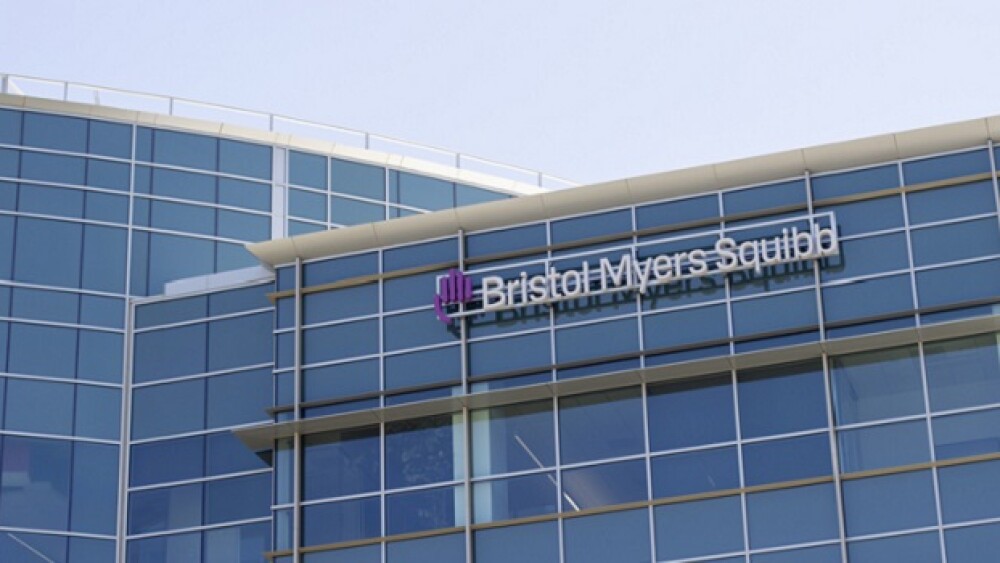SAN FRANCISCO, CA--(Marketwire - June 01, 2012) -
| Highlighted Links |
Biotech 2012: Innovating in the New Austerity is now available |
Download our monthly report |
Among the most significant of the corporate-academic partnerships announced during the month is the $285 million effort that involves five European pharmaceutical companies (GlaxoSmithKline, AstraZeneca, Sanofi, Janssen, and Basilea Pharmaceutica) with leading academic institutions to develop new antibiotics to combat the growing problem of drug resistant microbes.
The collaboration is the first formed under the European Commission's Action Plan announced in November 2011 to address the rising threats from drug resistant bugs and is part of Europe's Innovative Medicines Initiative, the world's largest public-private partnership in healthcare. The initiative seeks to improve the environment for pharmaceutical innovation in Europe by engaging and supporting networks of industrial and academic experts in collaborative research projects. The research program will initially focus on sharing information, supporting potential antibiotics already in the pipeline through new research and improved clinical trial design, and continuing research and discovery of new antibiotics.
A separate agreement in the United States between Pfizer, Eli Lilly, AstraZeneca, and the National Institutes of Health's National Clinical and Translational Sciences program seeks to award grants to fund pre-clinical and clinical feasibility studies for new uses of more than 20 compounds shelved by the pharmaceutical companies because they failed to work in the diseases for which they were being pursued.
"These agreements reflect efforts by industry and others to address the high cost of drug development and find ways of collaborating that will yield needed new medicines while reducing risks," says G. Steven Burrill, CEO of Burrill & Company, a diversified global financial services firm focused on the life sciences industry. "But the lack of traditional alliances announced during the month is concerning since these agreements play such a critical role in funding development of the biotech industry's most promising products."
There were just $432 million in announced corporate partnering deals in May, down from $3 billion for the same period a year ago, with no single deal valued at more than $100 million. Year-to-date, the value of disclosed U.S. partnerships fell 37 percent in 2012 compared to the same period a year ago at just less than $7 billion. Global partnering activity has fallen 18 percent year-to-date to $12.5 billion in disclosed deals.
Venture capital funding activity continues to outpace activity from a year ago with life sciences companies raising more than $1 billion in May and a total of $4.9 billion globally year-to-date, an almost 30 percent gain during the first five months. Public financing activity for the life sciences, though, is down 34.9 percent to $23 billion year to date.
Supernus Pharmaceuticals was the only life sciences company to go public on a U.S. exchange in May, but did so at a cost. The specialty pharmaceutical company focused on central nervous system disorders had hoped to sell 5.8 million shares between $12 and $14 to raise a total of $75 million. Instead, it sold 10 million shares at $5 a share to raise a total of $50 million.
"The IPO market for life sciences companies continues to be challenging," says Burrill. "Anyone who was hoping for a lift from the Facebook IPO or improving economic news out of Europe can forget about that."
M&A activity also slowed in May with Agilent's $2.2 billion acquisition of the Danish diagnostics maker Dako ranking as the largest deal of the month. Overall, global M&A activity in the sector is down more than 50 percent year-to-date. Several public companies continue to be in the crosshairs of acquirers. Amylin Pharmaceuticals is the most likely to consummate a deal with both Merck and Sanofi having reportedly made bids and several other companies expected to do so.
Life Sciences Scorecard in USD M
YTD May YTD May
31, 2012 31, 2011 Change
Global Venture Capital 4,861 3,752 29.6%
U.S. VC 3,457 2,711 27.5%
IPOs (17 in 2012 v. 28 in 2011) 1,152 2,755 -58.2%
U.S. IPOs (8 in 2012 v. 11 in 2011) 549 911 -39.7%
Global PIPEs 3,178 1,349 135.6%
U.S. PIPEs 666 718 -7.2%
Global Follow-ons 2,732 6,068 -55.0%
U.S. Follow-ons 2,552 2,449 4.2%
Global Other Equity 838 367 128.3%
U.S. Other Equity 755 126 499.2%
Global Debt Offerings 7,924 22,519 -64.8%
U.S. Debt 5,007 8,999 -44.4%
Global Other Debt 7,208 2,306 212.6%
U.S. Other Debt 5,794 744 678.8%
Total Global Public Financings 23,032 35,364 -34.9%
Total U.S. Public Financings 15,323 13,947 9.9%
Global Partnering 12,475 15,290 -18.4%
U.S. Partner/Licenser 6,950 11,051 -37.1%
Global M&A 54,096 109,459 -50.6%
M&A, U.S. Target 38,825 55,538 -30.1%
May was a difficult month for markets with all of the major indices and all of the Burrill Indices losing ground during the month. It was the first month since October 2011 that all of the indices posted losses for a single month. The Burrill Biotech Select Index was down 1.9 percent, but that outperformed the Dow Jones Industrial Average (down 6.2 percent), the Nasdaq Composite Index (down 7.2 percent), and the S&P 500 (down 6.3 percent). The strong gains from earlier in the year, though, have kept the Burrill Select in positive territory with a 21.6 percent gain through the first five months of the year.
Year Month
BURRILL INDICES 12/30/2011 4/30/2012 5/31/2012 Change Change
Burrill Select 432.49 536.16 526.02 21.6% -1.9%
Burrill Large Cap 529.22 650.53 641.37 21.2% -1.4%
Burrill Mid-Cap 295.33 352.24 323.58 9.6% -8.1%
Burrill Small Cap 88.26 102.67 100.83 14.2% -1.8%
Burrill Diagnostics 175.42 193.10 183.34 4.5% -5.1%
Burrill Personalized
Medicine 100.62 111.00 105.25 4.6% -5.2%
Burrill Biogreentech 149.36 154.52 152.73 2.3% -1.2%
Canadian Biotech 59.17 61.60 57.39 -3.0% -6.8%
NASDAQ 2605.15 3046.36 2827.34 8.5% -7.2%
DJIA 12217.56 13213.63 12393.45 1.4% -6.2%
S&P 500 1257.60 1397.91 1310.33 4.2% -6.3%
Amex Biotech 1091.42 1474.11 1447.04 32.6% -1.8%
Amex Pharmaceutical 332.94 344.94 326.07 -2.1% -5.5%
On the regulatory front, partners Pfizer and Protalix Biotherapeutics were alone in winning a new drug approval from the U.S. Food and Drug Administration in May. The agency gave clearance for the companies to begin marketing their enzyme replacement therapy Elelyso for Gaucher's Disease. The drug is significant because it is the first drug produced in plant cells rather than animal cells and validates a new manufacturing process that could provide time and cost benefits.
Legislation that would renew the Prescription Drug User Fee Act, which permits the FDA to collect user fees from industry to fund the review of new drugs, cleared the House and Senate and is on track to be signed well before the current version of the law expires at the end of September.
A separate move in Congress to restrict the Department of Defense from purchasing advanced biofuels that are more expensive than traditional fossil fuels is causing some concern among the industry, which sees this as a short-sighted policy that overlooks significant national security issues.
As June begins, the industry will turn its attention to the large volume of clinical trial data being released at the annual meeting of the American Society of Clinical Oncology, which begins today in Chicago.
"Investors will likely become very focused on clinical developments within the industry and we are likely to see this data drive interest around individual companies," says Burrill. "Growing global economic concerns are weighing on the industry, but we'll see if this can create some renewed excitement for the sector."
About Burrill & Company
Founded in 1994, Burrill & Company is a diversified global financial services firm focused on the life sciences industry. With $1.5 billion in assets under management, the firm's businesses include venture capital/private equity, merchant banking, and media. By leveraging the scientific and business networks of its team, Burrill & Company has established unrivaled access and visibility in the life sciences industry. This unique combination of resources and capabilities enables the company to provide life sciences companies with capital, transactional support, management expertise, insight, market intelligence, and analysis through its investments, conferences, and publications. Headquartered in San Francisco, the company oversees a global network of offices throughout the United States, Latin America, Europe, and Asia. For more information visit: www.burrillandco.com.

 Digg this
Digg this Bookmark with del.icio.us
Bookmark with del.icio.us Add to Newsvine
Add to Newsvine


